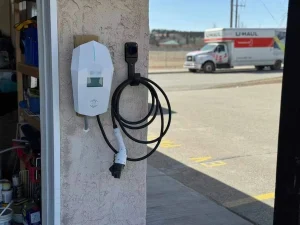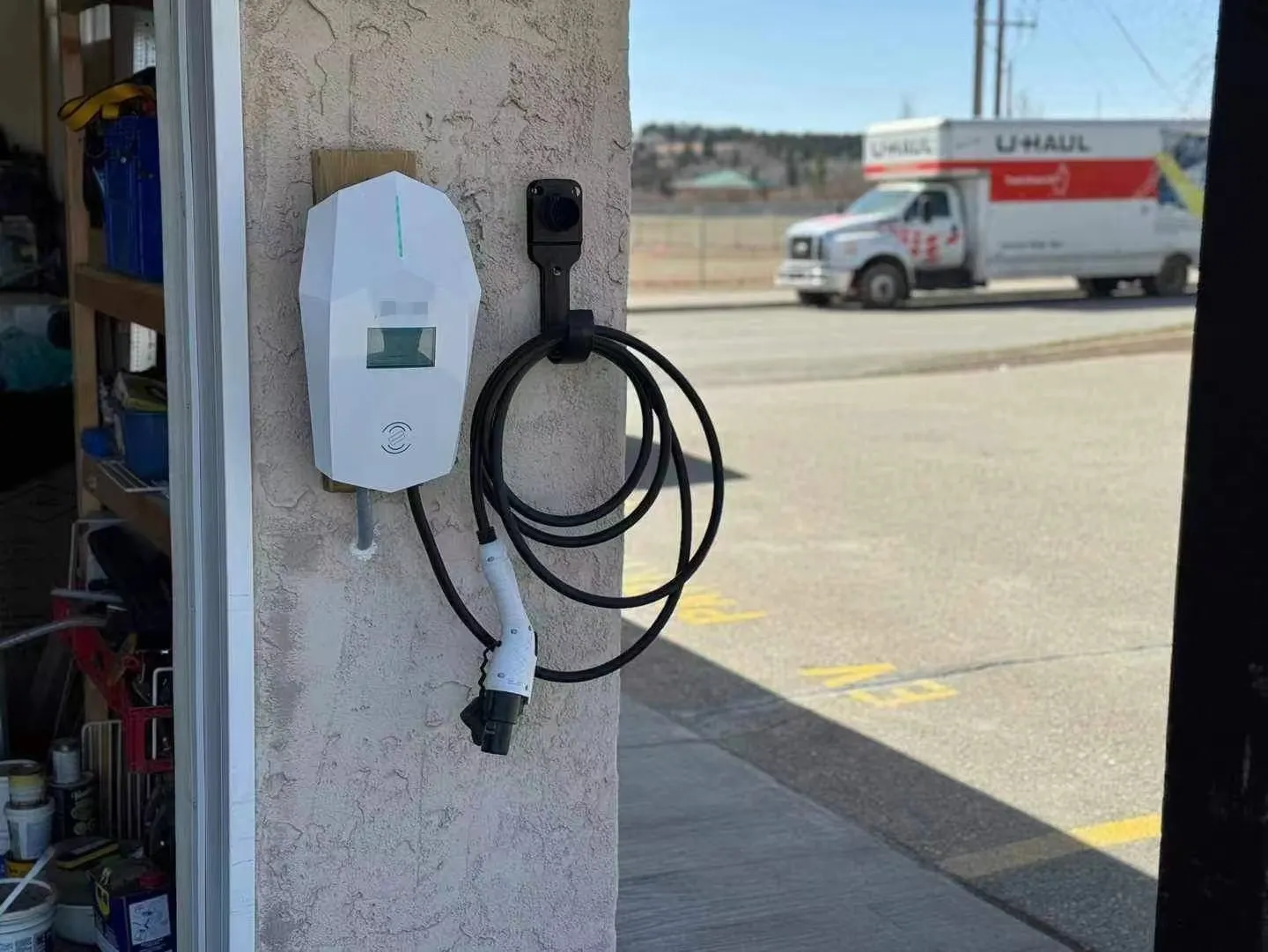What is a Charging Pile? Current Status and Future Development Trends
1. What is a New Energy Vehicle Charging Pile?
A new energy vehicle (NEV) charging pile, also known as an electric vehicle charging station or electric vehicle supply equipment (EVSE), is a device that provides electrical energy to electric vehicles (EVs), enabling them to store sufficient power to operate.
NEV charging piles are charging service devices designed for plug-in electric vehicles. They are installed in public buildings, parking lots, shopping malls, commercial charging stations, residential communities, and private locations.
The charging pile connects its power input to an alternating current (AC) grid and supplies electricity to vehicles via a charging plug at its output end. Currently, charging piles primarily follow a traditional operational model, categorized into four types based on stakeholders: government/grid companies, automakers, operators, and end-users.

2. Classification of NEV Charging Piles
NEV charging piles can be classified into AC charging piles and DC charging piles based on charging type. AC charging piles are widely used in both public and private settings.
- AC Charging Pile:
- Provides AC power to EVs equipped with onboard chargers.
- Features low charging current and long charging times (typically 7–10 hours), making them suitable for slow charging in residential areas or office parking lots.
- Includes single-phase (220V, 7kW) and three-phase (380V, 42kW) variants. Single-phase units are more common in residential buildings.
- DC Charging Pile:
- Converts AC to direct current (DC) to charge EV batteries directly.
- Delivers high current for fast charging (1–2 hours), ideal for public fast-charging stations.
- Operates at 380V input voltage with power outputs ranging from 30kW to 300kW or higher.
- Comprises components such as a human-machine interface touchscreen, card reader, energy metering module, charging module, communication module, and charging interface.
- Subtypes include split-type, portable, and integrated designs. Single-gun units (30kW/60kW/120kW) and dual-gun units (120kW total) are common.
DC Ultra-Fast Charging Piles differ from standard DC piles in their use of liquid cooling (replacing air cooling), higher integration, compact size, and lighter charging guns. Current ultra-fast charging piles typically exceed 200kW. Tesla’s Supercharger V3, for example, reaches 250kW, while Chinese brands like Xpeng (430kW), NIO (500kW), Li Auto (520kW), Huawei (640kW liquid-cooled), and Zeekr (800kW peak) leverage 800V high-voltage platforms for even higher outputs.
Key Differences Between AC and DC Charging Piles
- DC piles charge batteries directly (no onboard charger required), whereas AC piles rely on the vehicle’s onboard charger.
- DC charging is significantly faster (minutes to a few hours) compared to AC charging (~8 hours).
Advantages of AC Charging Piles
- Ease of Installation: Lower cost, simple structure, and compatibility with 220V single-phase power. Ideal for homes and workplaces.
- User-Friendly: Installed in parking lots or stations with minimal infrastructure.
- Grid-Friendly: Low power demand reduces grid strain.
- Battery Health: Slow charging prolongs battery lifespan.
Additional Classification Criteria
Charging piles can also be categorized by:
- Installation Method: Column-mounted (outdoor) vs. wall-mounted (indoor, space-saving).
- Location: Public vs. private.
- Number of Charging Ports: Single vs. multi-port.
- Service Target: Residential, commercial, or fleet use.
- Charging Speed: Slow, fast, or ultra-fast.
This article has addressed the definition, current landscape, and future trends of NEV charging piles, offering a comprehensive overview of their technological and operational aspects.


